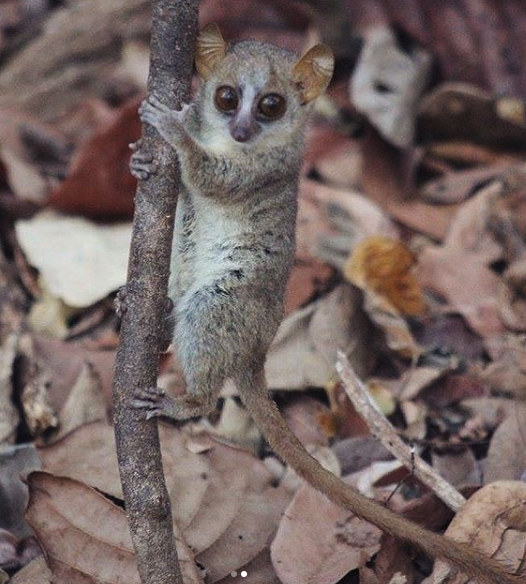By DLC Research Scientist Lydia Greene, Ph.D.
Follow Lydia on Instagram! @lemurscientist
Did you know that mouse lemurs are the smallest lemurs (and primates) on Earth? Their scientific genus name, Microcebus, is from the Greek roots are mikros and kebos — which translate to “small” and “monkey”! One of the earliest mentions of mouse lemurs goes all the way back to Buffon’s description in 1776, when he referred to them as the “rat de Madagascar.” In Malagasy, mouse lemurs have many names, but perhaps the most common is tsitsihy.
Another fun fact: Whereas two species of mouse lemur were recognized just a few decades ago (the reddish-brown ones and the grey ones), the genetics revolution reveled major variation in the lemurs’ genomes — enough to split them in 24 species! Much of this genetic variation isn’t visible when simply looking at the different species: It just doesn’t make a whole lot of sense to be visually distinct in a nocturnal world. We call this phenomenon cryptic speciation in biology.


